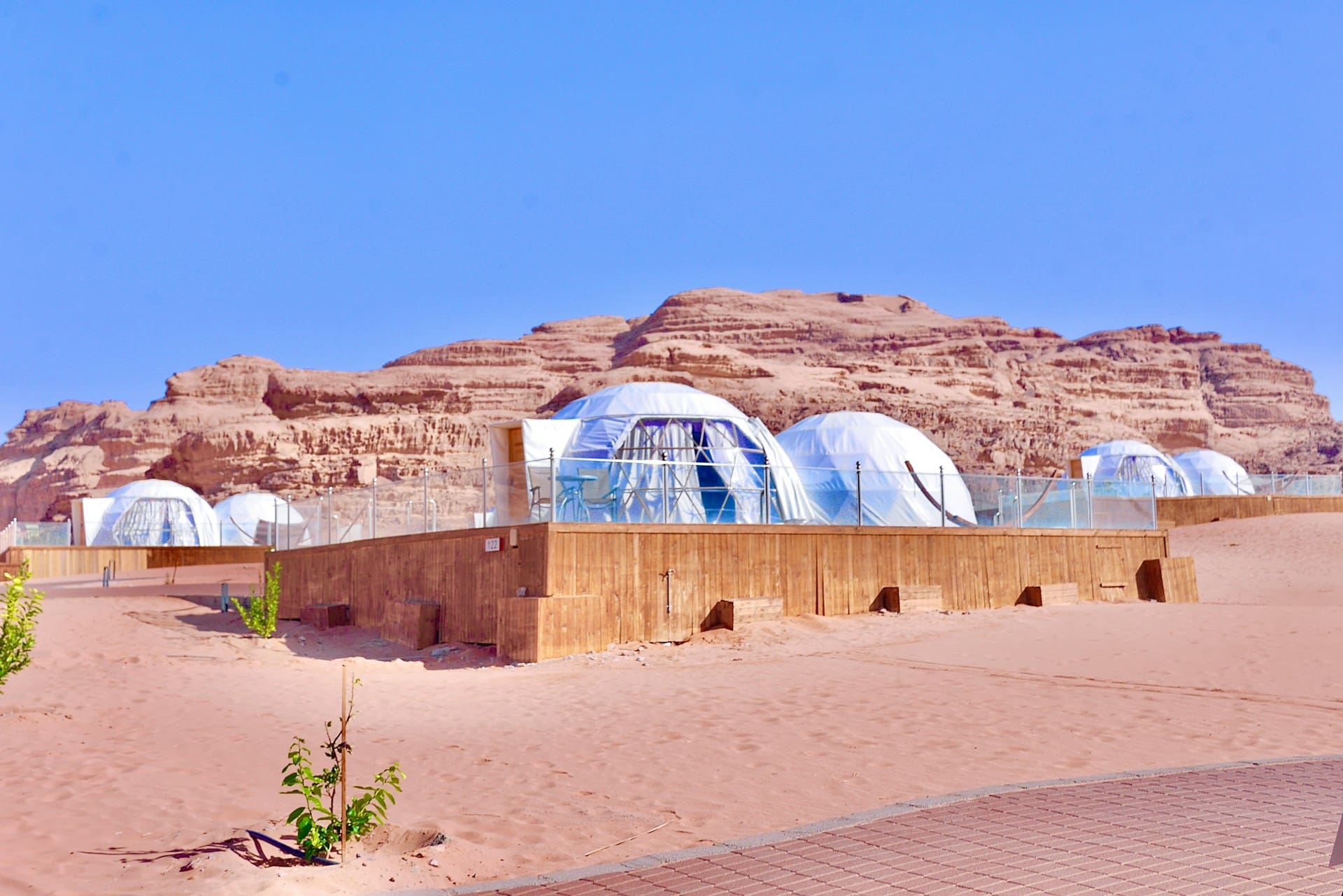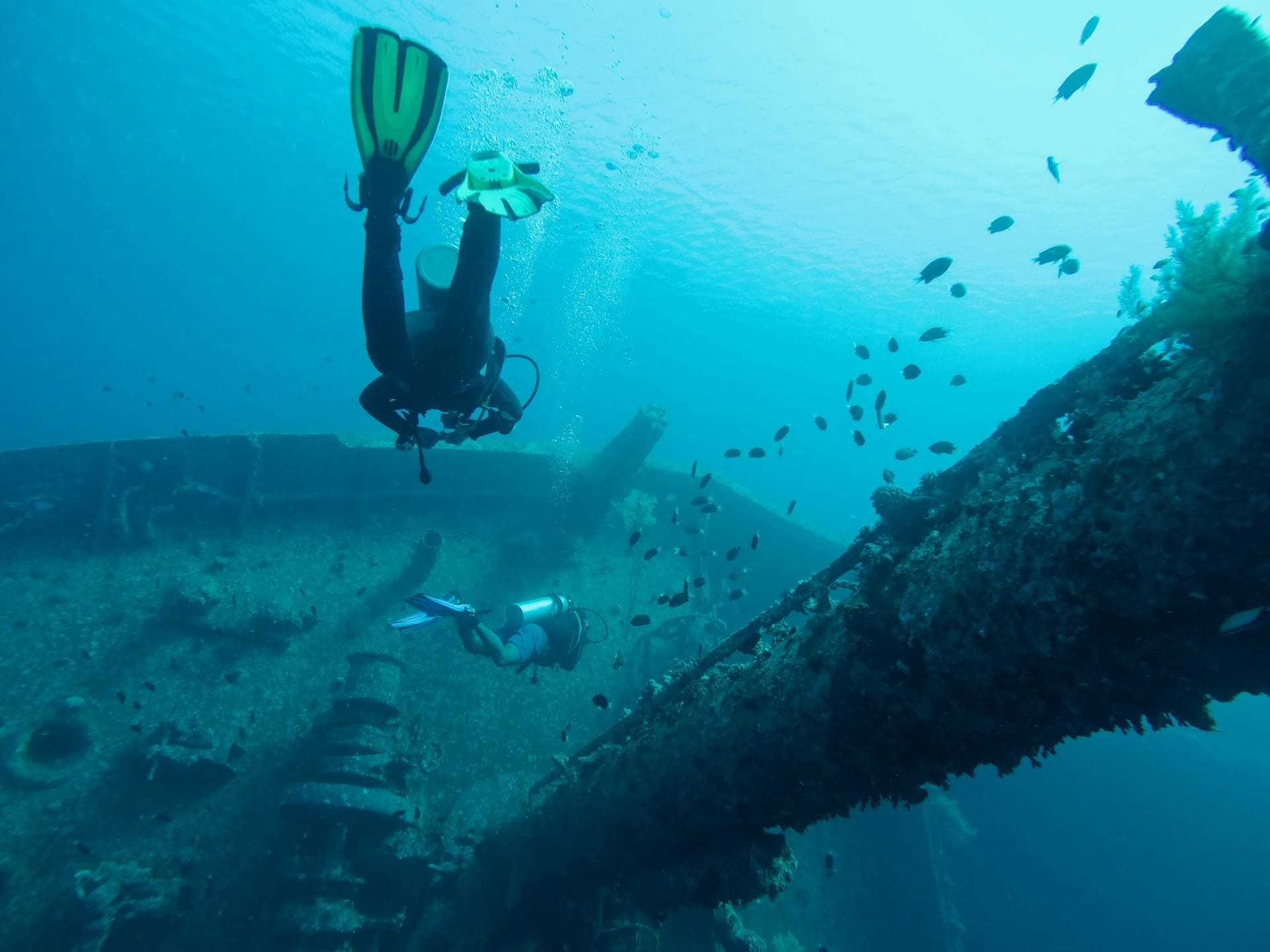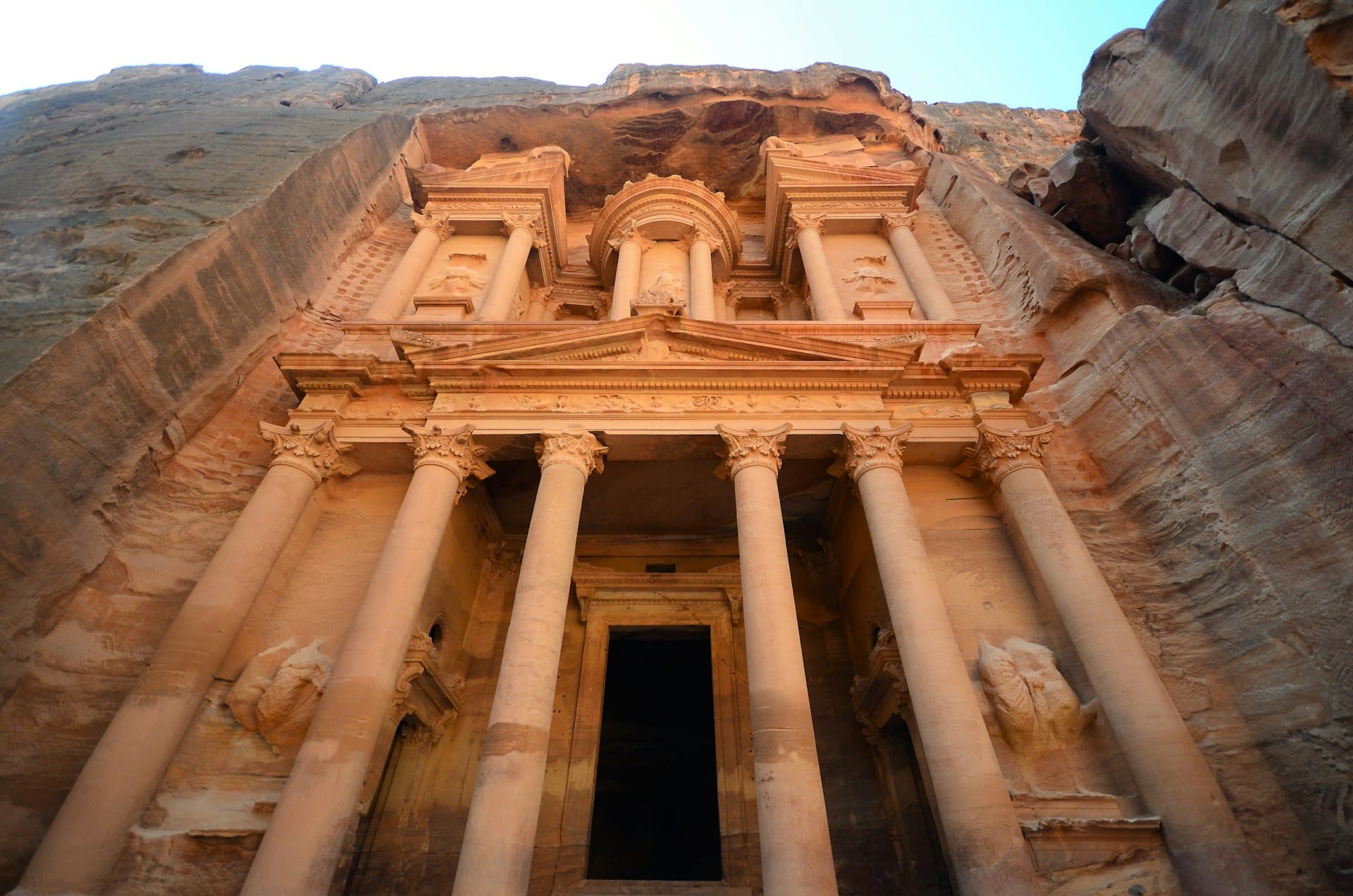'When I go to Jordan, I feel at peace," tourism board staffer says
IAN STALKER
A Jordan Tourism Board North America employee says her own recent visits to Jordan have convinced her that the country remains safe for tourists, even as fighting continues to rage between Israel and Gaza.
Janine Jervis told a recent tourism board webinar that her travels to the Middle Eastern nation were actually relaxing, even as other parts of the region see ongoing combat. “When I go to Jordan, I feel at peace,” she told webinar viewers. “It sounds so contradictory, given that the region is in such turmoil.”
Jervis said those following the news might assume that the whole region is a war zone, but a visit to Jordan would dispel that belief. “Had it not been for the news, we wouldn’t have known what was happening [with the Israel-Gaza conflict],” she continued of groups she led to Jordan this year.
Jervis used the webinar to highlight some parts of a vacation in a country — which quickly tends to be associated with the archeological site of Petra — that aren’t well known among the international travelling community, recalling how a yoga instructor visited her group in the desert retreat of Wadi Rum, used as a headquarters by T.E. Lawrence during the Arab Revolt. The yoga session began as the sun rose over desert landscapes, she recalled. “It was an amazing way to start the day.”

Sparsely populated Wadi Rum is ideal for star-gazing, she continued. Lodging options range from luxury lodges to Bedouin tents.
Wadi Rum — described by Lawrence as “vast, echoing and God-like” and used as a setting in the Matt Damon movie The Martian because of its lunar-like terrain — also attracts energetic people, hosting the 15th annual Full Moon Desert Marathon this spring, with the competition giving runners different distance options.
Those interested in foot exploration can opt for the Jordan Trail, which stretches from northern Jordan to the Red Sea, covering 650 kms and working its way through 75 communities.
Running somewhat parallel is the Jordan Bike Trail, which ends in the Red Sea destination of Aqaba, popular with water sports enthusiasts and home to Red Sea water that Jervis said is like “looking through clear glass” at times because of its clarity.
Divers and snorkelers who visit Aqaba will see abundant coral.

Jervis said Wadi Rum — home to lodges and camps that enable tourists to overnight — “gets most of the love” from those interested in desert terrain but said desert in the eastern part of the country is “definitely a region still ripe for exploration.” The Eastern Desert is marked in part by wetlands, oases and diverse wildlife.
The ancient Nabatean site of Petra has become the dominant symbol of Jordan but Jervis reported that Um al-Jimal — also part of the Nabataean Kingdom — has earned UNESCO World Heritage Site status, joining Petra and several other Jordanian tourist draws in receiving that accolade.
The country’s numerous archeological sites are tantamount to making it an “open-air museum,” Jervis said.
Tourism authorities also like to note that Jordan has many Biblical sites, among them Bethany Beyond the Jordan, which archeologists agree is the site where Jesus was baptized by John the Baptist. Jervis also reported that Jordan has wineries, adding that some believe that the wine Jesus drank during the Last Supper was from northern Jordan.

Jervis reported that Jordanian cuisine will soon be in the spotlight, thanks to a recent visit by celebrity chef Gordon Ramsey, who will host a National Geographic show about Jordanian dishes. She added that Jordanian cuisine can be “amazing” for vegans.
Jervis said that during her many visits to Jordan she’s never felt uncomfortable as a female traveller, including while walking in Amman at night, and praised Jordanians for being a particularly hospitable people.
Royal Jordanian links both Montreal and Toronto with Amman, she noted.

















